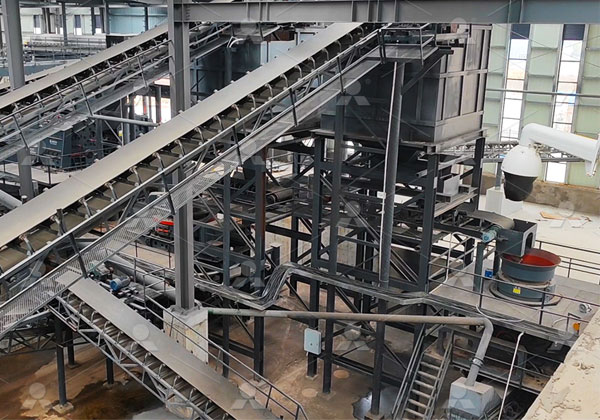Stone crushing plants are essential facilities in the mining and construction industries. They are used to crush and process a variety of raw materials, ranging from rocks and ores to aggregates for construction purposes. The installation design of a stone crushing plant plays a crucial role in ensuring its efficiency, productivity, and safety. In this article, we will discuss the key considerations and steps involved in the installation design of a stone crushing plant.
Site Selection: The first step in the installation design process is to select an appropriate site for the stone crushing plant. Factors such as the availability of raw materials, proximity to the target market, transportation infrastructure, and environmental considerations need to be taken into account. The site should also have enough space to accommodate the plant and its supporting facilities.
Layout Planning: Once the site is selected, the next step is to plan the layout of the crushing plant. The layout should be designed to maximize the efficiency of operations, minimize material handling, and provide a safe working environment. It should include areas for receiving and storing raw materials, primary and secondary crushing units, screening equipment, conveyors, and storage areas for the final products.
Equipment Selection: The selection of appropriate crushing and screening equipment is crucial for the success of the plant. Factors such as the type and hardness of the raw materials, desired output size, capacity requirements, and operational considerations need to be taken into account. Commonly used equipment includes jaw crushers, impact crushers, cone crushers, vibrating screens, and conveyors.
Structural Design: The structural design of the plant should be carried out to ensure its stability and durability. It should be able to withstand the dynamic loads generated by the crushing process and other operational activities. Structural elements such as foundations, support structures, and steel frames should be designed by qualified engineers to meet the required safety standards.

Electrical Design: The electrical design of the plant involves the selection and installation of appropriate electrical equipment, such as motors, control panels, and wiring systems. Safety measures, such as grounding and protection devices, should be incorporated to ensure electrical safety and prevent accidents.
Environmental Considerations: Stone crushing plants can have significant impacts on the environment, including air pollution, noise pollution, and dust emissions. Therefore, the installation design should include measures to mitigate these impacts. This may involve the use of dust suppression systems, noise barriers, and proper ventilation systems. Compliance with local environmental regulations is essential.
Safety Measures: Safety should be a top priority in the installation design of a stone crushing plant. Adequate safety measures should be incorporated, such as clear signage, safety guards, emergency stop buttons, and safety training for the plant operators. Safety audits and inspections should be conducted regularly to identify and address any potential hazards.
Maintenance and Serviceability: The design should consider ease of maintenance and serviceability of the plant. Accessible walkways, platforms, and maintenance areas should be provided for routine inspections, repairs, and replacements of equipment. Maintenance schedules and procedures should be developed to ensure the efficient operation and longevity of the plant.
In conclusion, the installation design of a stone crushing plant requires careful planning and consideration of various factors. Site selection, layout planning, equipment selection, structural design, electrical design, environmental considerations, safety measures, and maintenance requirements are all important aspects to be addressed. By following a systematic approach and involving qualified professionals, a well-designed stone crushing plant can be installed to achieve efficient and safe operations.
